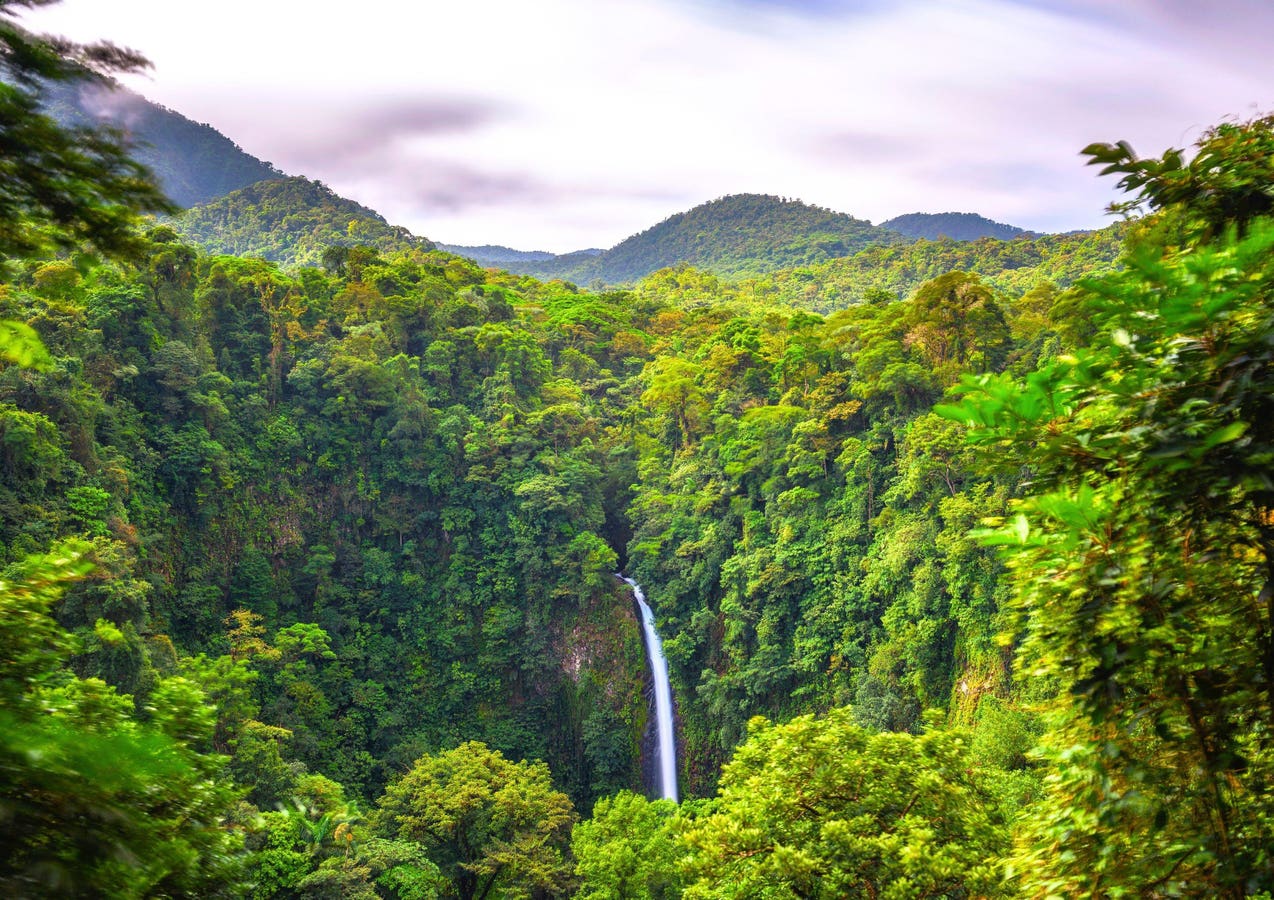“We were just not really thinking of the problems in a holistic way,” said Nicole Rycroft, founder and executive director of Canopy, a solutions-oriented non-profit that works to save the world’s forests. “There was this shift from plastic packaging to paper packaging, which is akin to trading one environmental disaster for another one, plastic pollution for deforestation.”
Three billion trees are cut down each year to make paper packaging, Rycroft said, noting that Patagonia, has made a commitment to use wood-alternatives in its packaging, including Next Generation materials such as materials made from waste.
“Patagonia is often part of a catalytic spark,” Rycroft said of the company, which was one of the first four brands to sign up with the organization in 2013. Patagonia has developed and formalized its commitment. It’s committed at least from the textile side, to eliminating old tree fibers altogether.
“What we see embedded in the Pack4Good journey is a commitment to the next step which is, fundamentally, striving to be more circular and ensuring that none of their operations is impacting the world’s forests,” said Rycroft. “The majority of Patagonia’s packaging is already 100% recycled paper, that’s their catalogs, their hangtags, their packaging. Under Pack4Good, they’re ensuring there’s smart design and that they can diversify the fiber basket.”
There are over 400 companies signed up for Pack4Good. Rycroft works with individual brands to find custom solutions. For example, Canopy helped Champagne company Veuve Clicquot redevelop its Eco- Yellow Label box and shifted it from being 100% virgin fiber to being 50% hemp and 50% recycled content.
Because of hemp’s qualities Veuve Clicquot was able to make the box 12% lighter. Hemp has broader efficiencies in fiber as well as it’s helpful for transportation. It’s good for transportation because it reduces the weight of products.
Patagonia is innovating, too. Whether it’s agricultural residues like wheat straw, which has excellent qualities for making packaging, or longer fibers like hemp, Patagonia is sending a signal to its supply chain that it has zero tolerance for frittering away the earth’s forests.
“As part of our goal to build the best product and constantly improve everything we do, we’re taking steps to review and develop new, more responsible packaging materials in partnership with Canopy,” said Jennifer Patrick, packaging and branding director of Patagonia.
Canopy has been educating brands. “Back in 2013 most brands weren’t aware that viscose and rayon textiles originated from the world’s forests,” Rycroft said, adding that the campaign initiative has 550 brands that represent $1.7 trillion in sales. “Because those brands have sent a really consistent message through their supply chains, 71% of global viscose producers have taken action to shift their exposure from high risk sourcing to low risk sourcing.
“We have these solutions, it’s just a question of mobilizing the investment and bringing it to scale and making sure member companies are aware of them and are able to pull them through to their inventory,” Rycroft said. “There’s no shortage of solutions. Patagonia is ensuring that viscose and rayon textiles don’t originate from endangered forests. Now, they’re ensuring that their paper-based packaging does not.”
Rather than have any reliance on forests, Patagonia is looking to play a significant role in kick-starting the Next Generation of solutions of fibers that have a smaller footprint. There’s mountains of straw left over after the harvest, which can actually be monetized and in doing so can help revitalize rural areas. “When it gets to the pulp mill, there’s an average of 4 tons less carbon per ton of product for packaging made from straw versus that made from trees and forests. There’s also up to 60% less water used, and five times less impact on biodiversity,” Rycroft said.
Read the full article here





